Category: Great Ayton
-
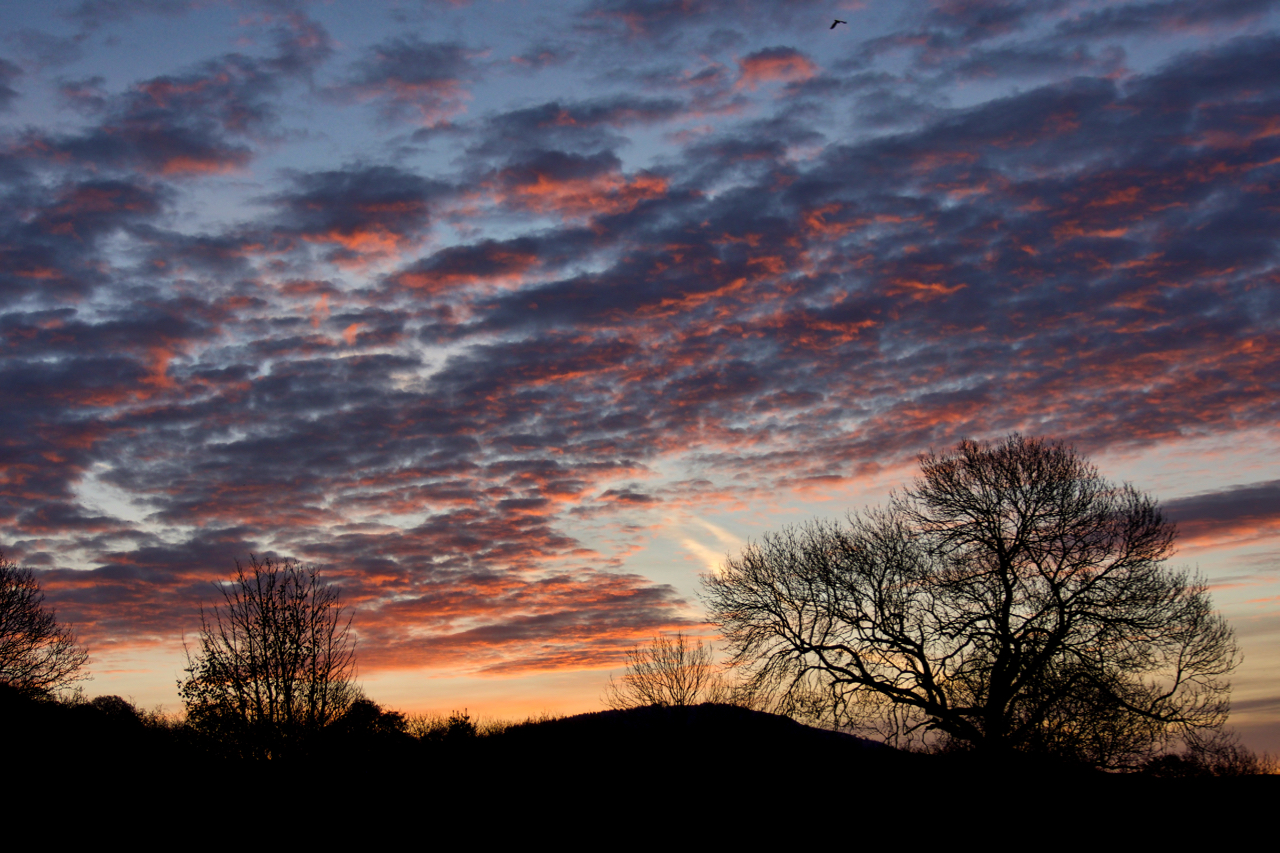
Twilight
A mad dash to catch the sunrise. Just a small window, ten minutes later the redness had dissipated as the sun cleared the horizon. I guess this is officially Civil Twilight as the sun is less than 6º below the horizon but I prefer the Swedish name “vargtimmen” – the “hour of the wolf”, the…
-
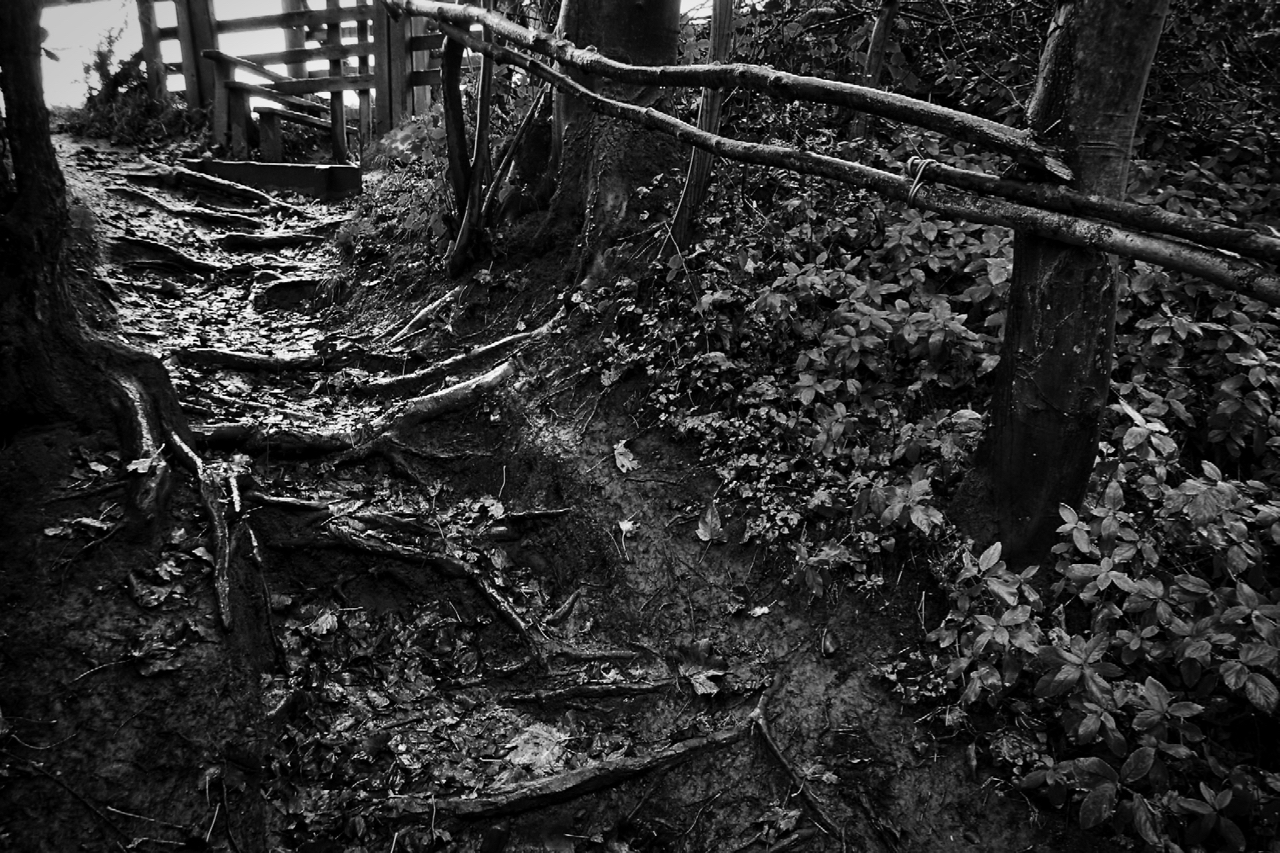
Nutty Crack Night
A wet start to All Hallows Eve. Tree roots provide steps up a steep path to Nettle Hole. If the rain continues, a damp night of trick or treats awaits. But long before Hallowe’en became a just another commercialised opportunity, in North Yorkshire All Hallows Eve is known as Nutty Crack Night. Girls could try…
-
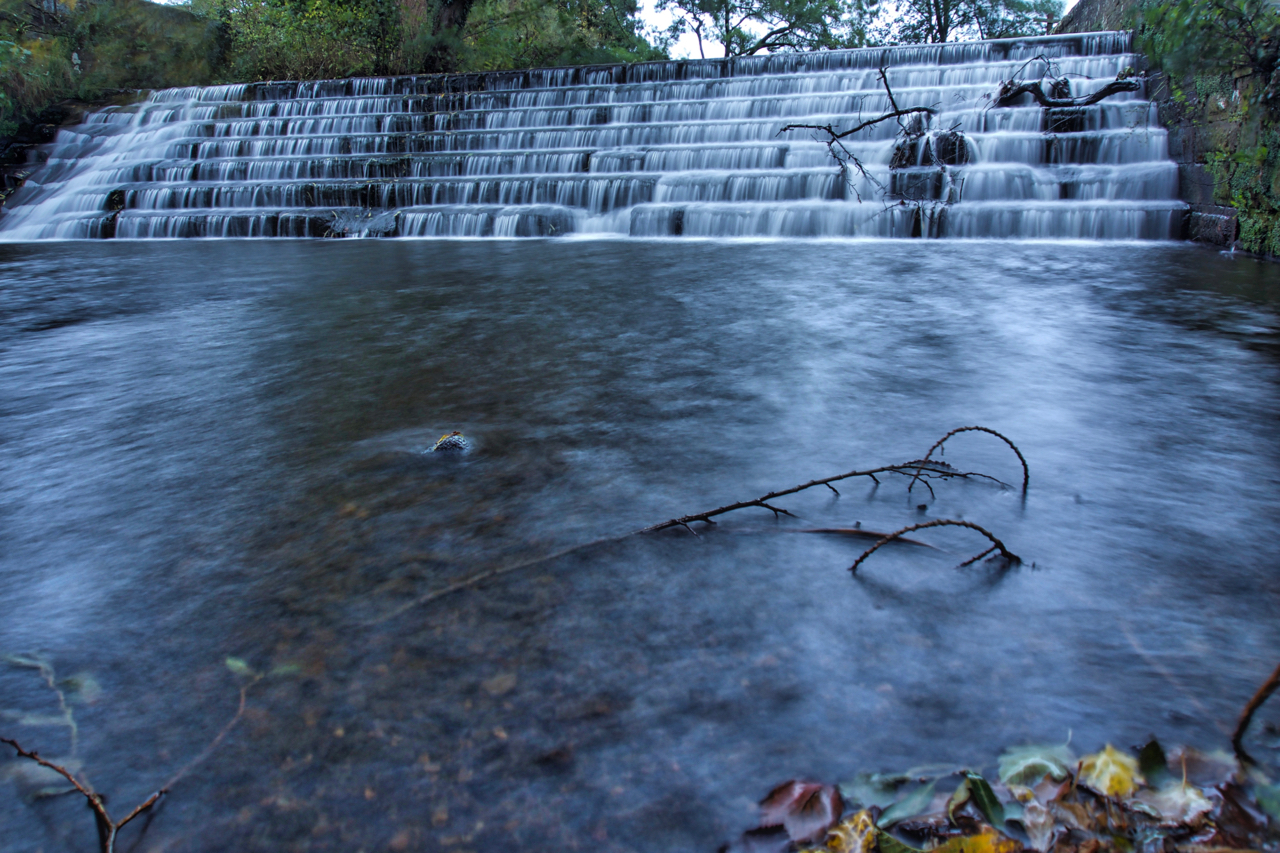
The Waterfall
Great Ayton’s famous waterfall, although it’s really a weir. On the left-hand wall are the initials of Thomas Richardson who made a large donation to the weir’s construction in 1840. A water race ran all the way to Low Green providing power there for Richardson’s corn mill so a cynic might say the donation wasn’t…
-
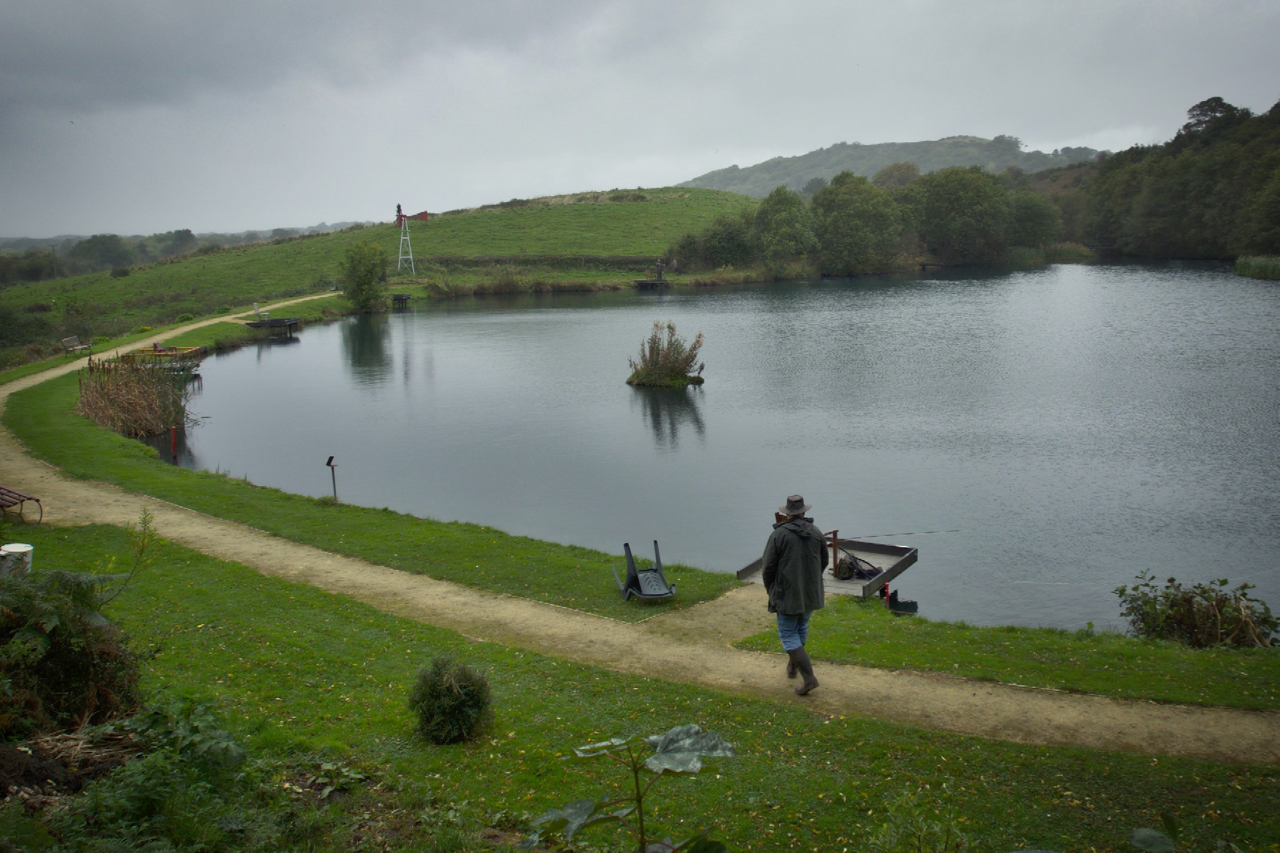
Larners Lake
This artificial fishing lake seemed to have appeared overnight but realistically it would have been sometime in the 80s when I was not resident in Great Ayton. It takes its name from Larners Hill, a ridge with a bridleway eventually leading up to Easby Moor and Captain Cook’s Monument. For many years I regularly used…
-
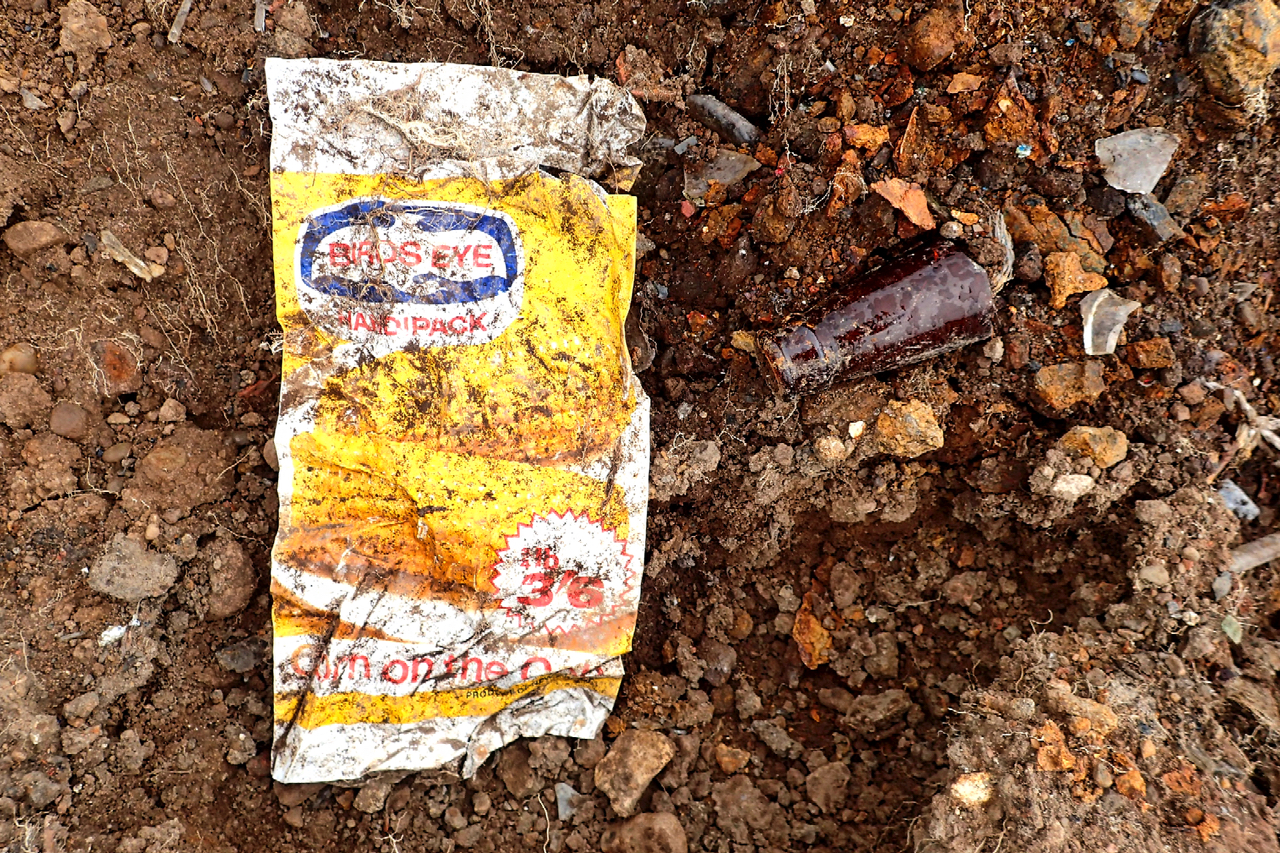
60’s Rubbish Take 2
A revisit to the 60’s rubbish tip exposed at Rye Hill in Great Ayton. This old Bird’s Eye bag for Corn on the Cob was floating about on the surface. ¾lb for 3/6. That’s 17½ pence in new money. Decimalisation took place in February 1971 so it’s at least that old. But what really hits…
-
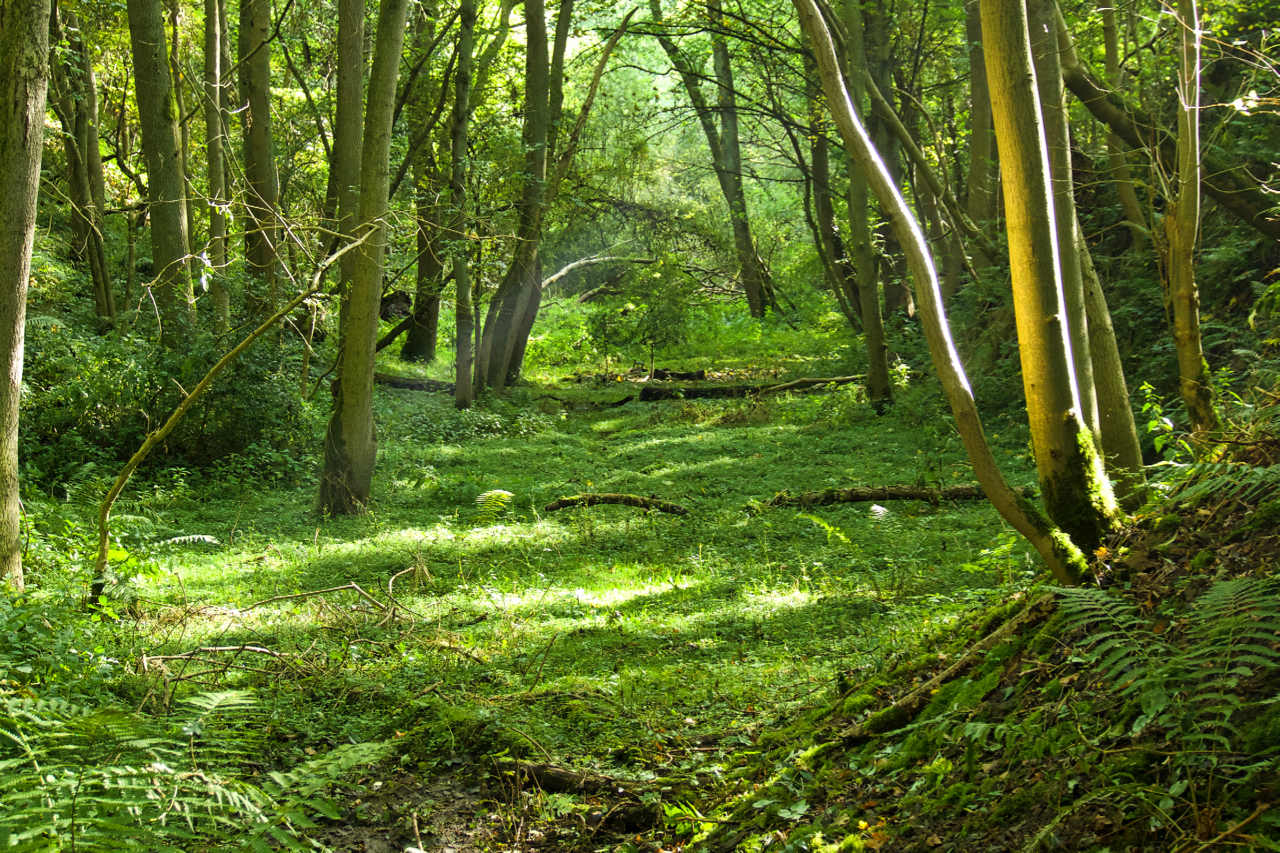
Lichtung
Shafts of light falling on a carpet of wood sorrel, a clearing in Slack’s Quarry Wood, a former whinstone quarry. Long gone are the smells and noises of quarrymen. A place now of peace and quiet, a place for contemplation. Heidegger, the German philosopher, likened a clearing such as this to a state of the…
-
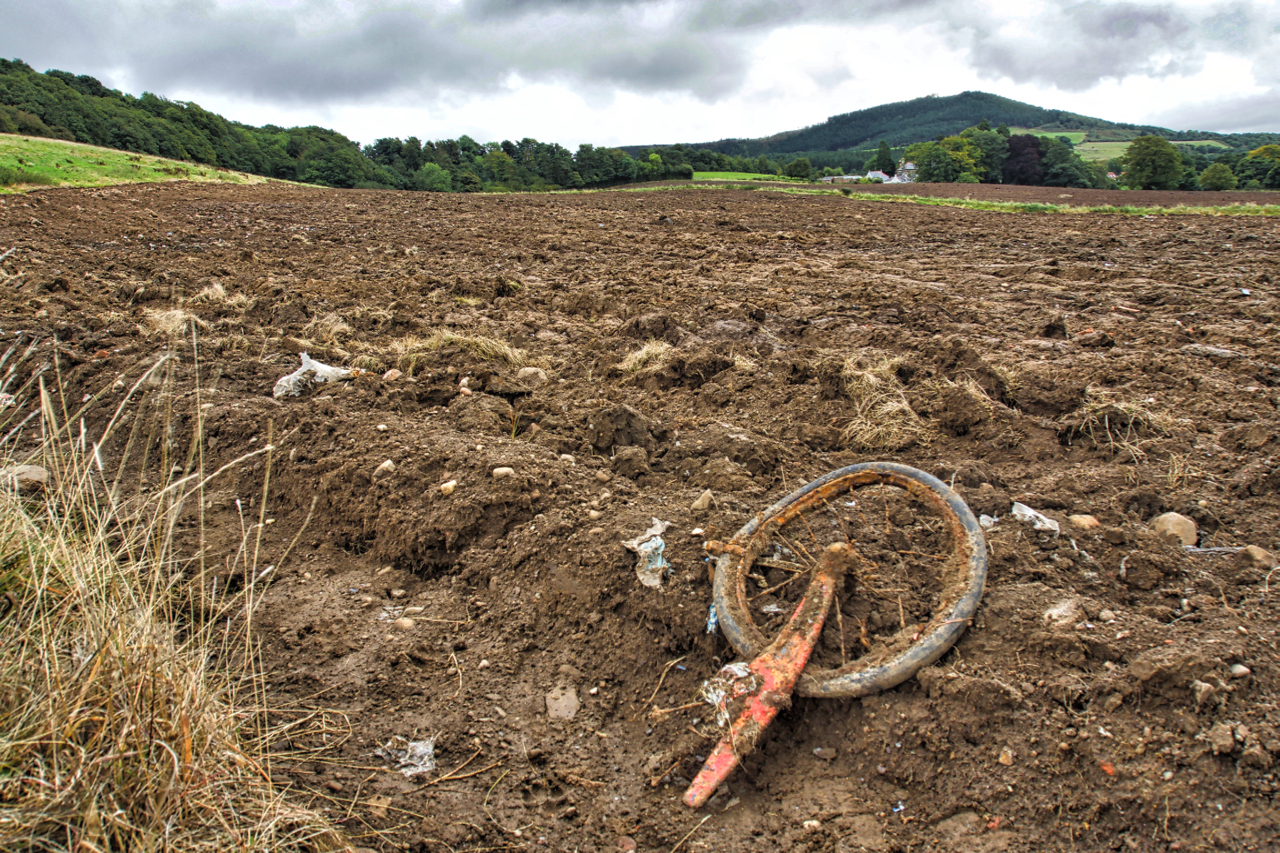
60’s Rubbish
Rye Hill, Great Ayton. In the late 19th century the North Eastern Railway company began operated a gravel pit on this sloping field below Cliff Ridge Wood. By the 1940s a small tramway was operating to the sidings for Whin’s quarry, a few hundred metres north-west. Sometime later the gravel pit was abandoned, filled in…
-
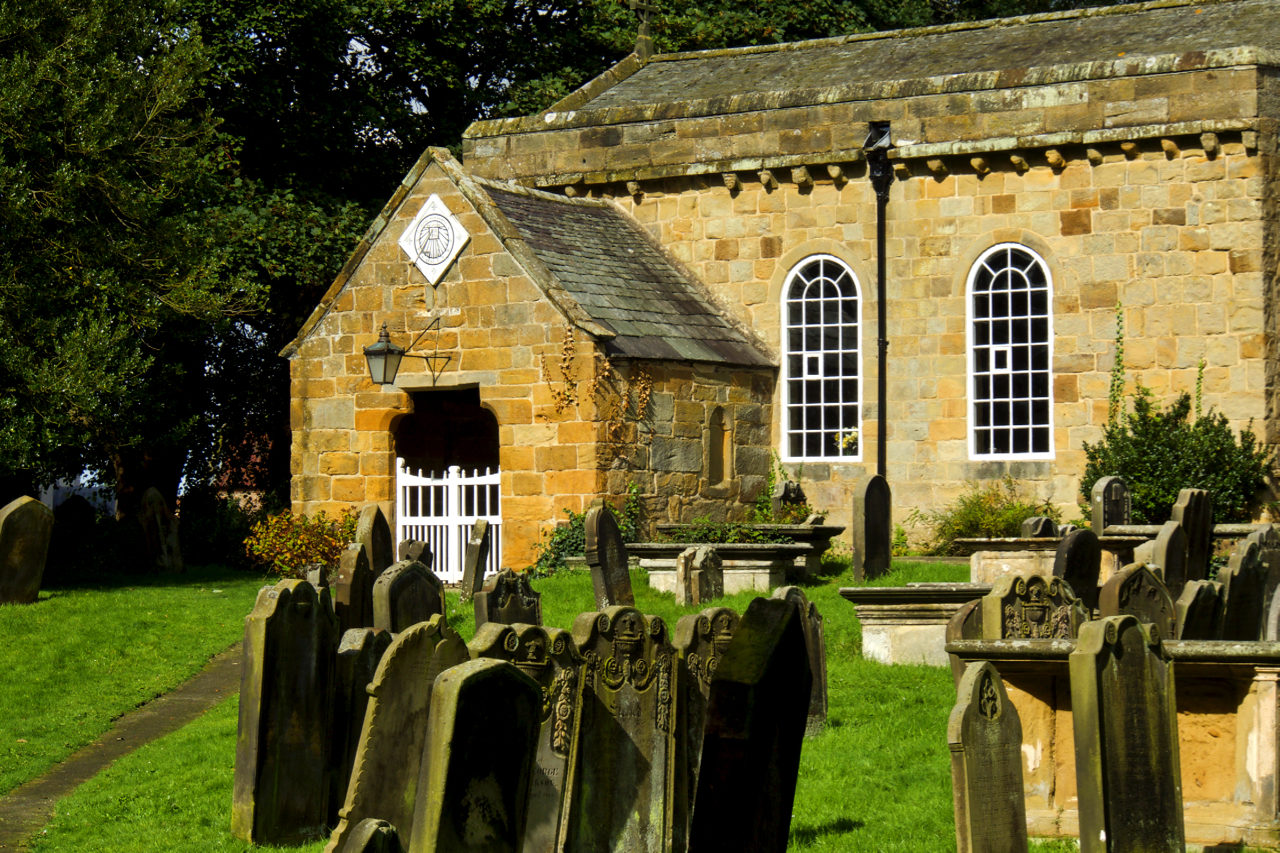
All Saints Church, Great Ayton
All Saints Church is tucked away behind the Conservation Club and only briefly visible from Yarm Lane. A brief glimpse then of sunlit sandstone as I cycled past on an otherwise overcast day. The church is Great Ayton’s original church. The main building is predominately 12thcentury but Pevsner, the renown architectural historian, suggests the walls contain fragments of masonry…
-
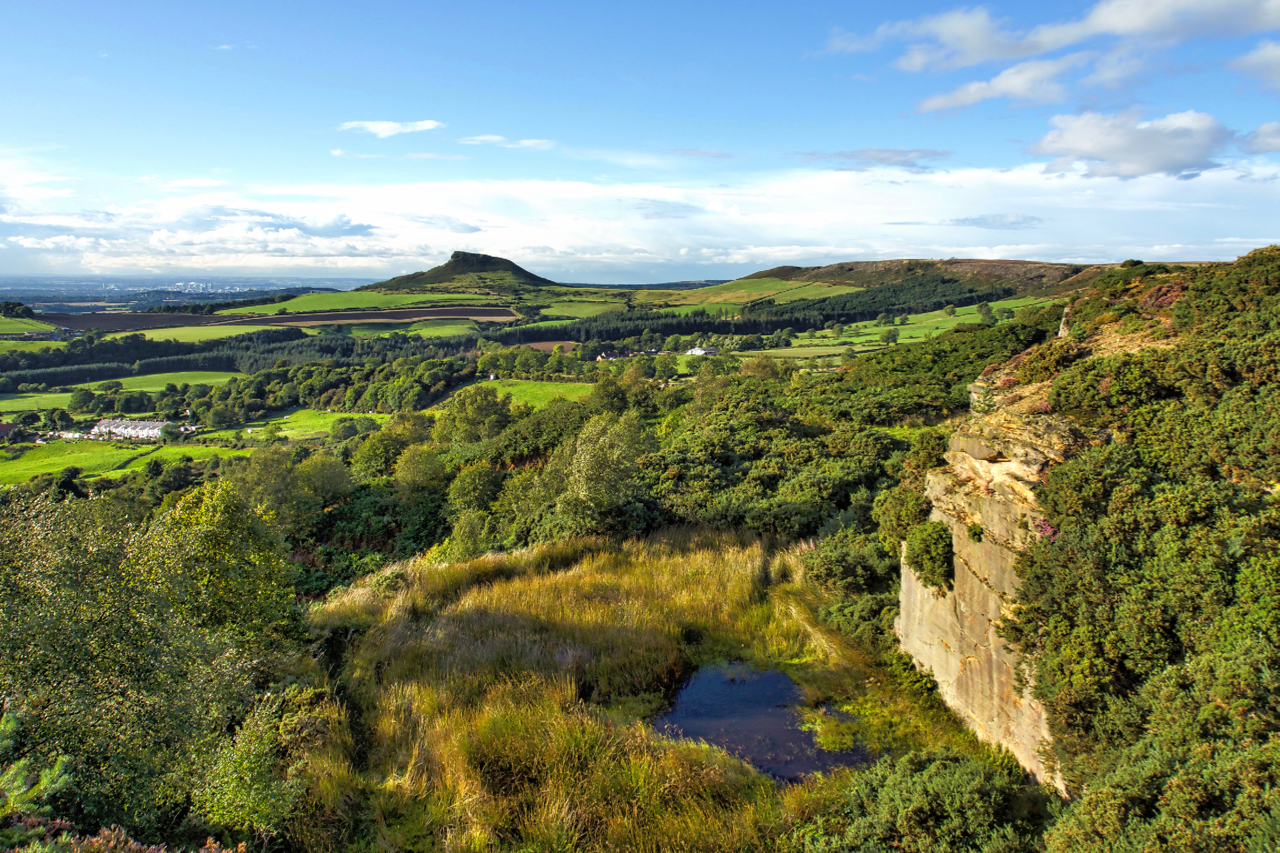
Cockshaw Quarry
A glorious evening, very autumnal although Autumn is still a week or so away. Cockshaw is a very abused part of the escarpment between Captain Cook’s Monument and Roseberry Topping. The sandstone cap was intensively quarried. Lower down the remains of a clamp, leaching pits and cisterns for the alum industry can be traced, except…
-
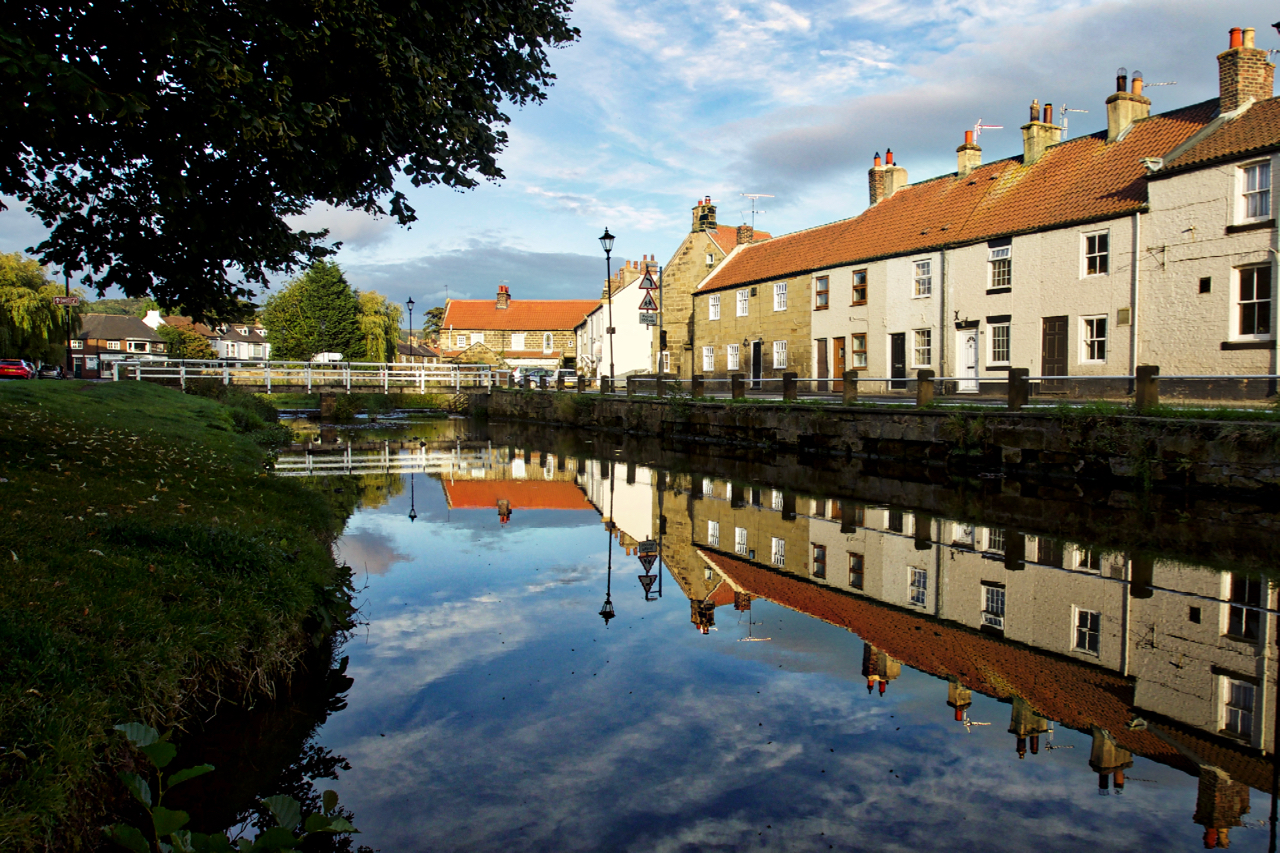
The Leven
A purling brook swift gliding from its fount, From Botton Head (that sterile, craggy cliff), The rill descends, meanders down the hill, The woody Hagg its course continues on, By Ingleby then gurgling through the meads, Loses its current, and the Leven joins; So runs the Leven down from Kildale’s brows, Thence falls to Easby,…